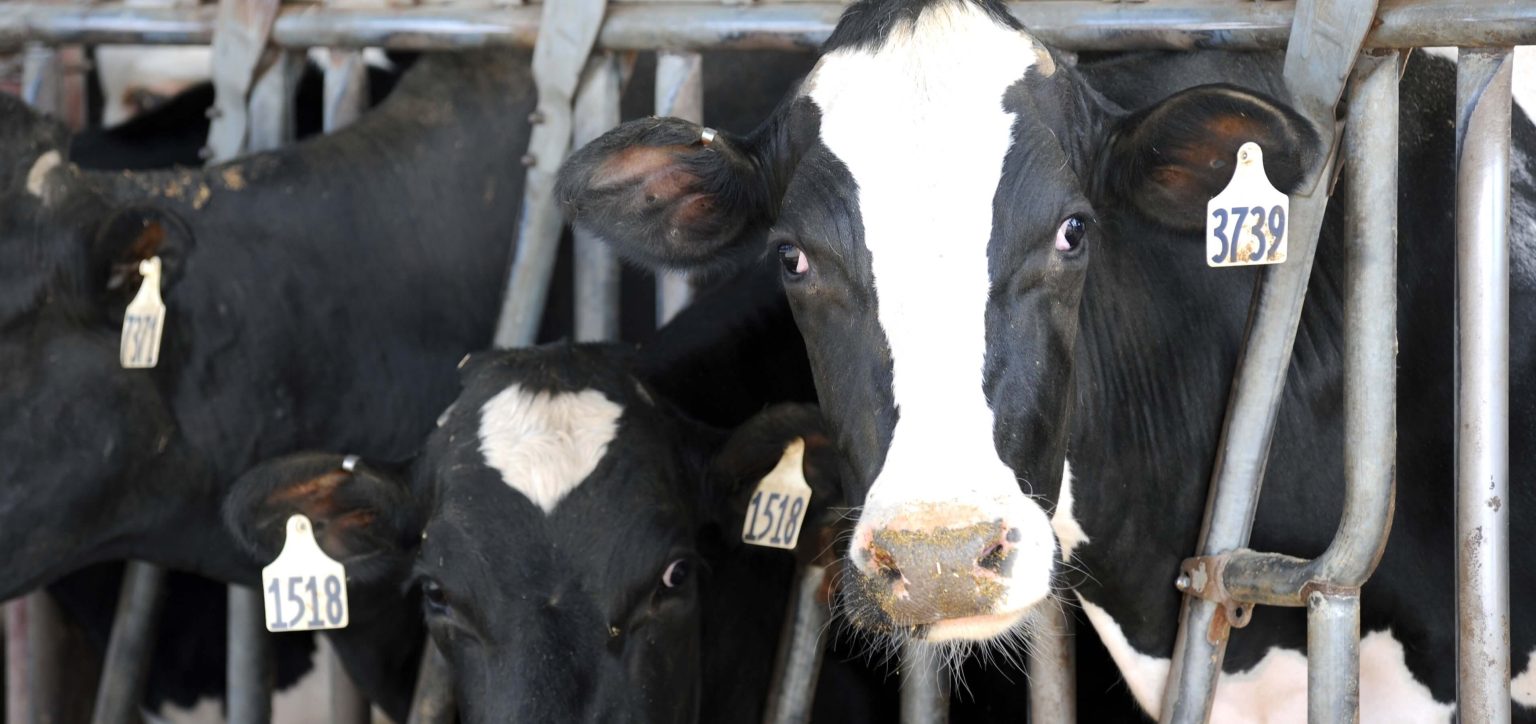Since 1980, Idaho has been the third-largest milk producer in the United States. While the number of farms has declined, the size of farms has increased and individual cows have become more productive.
Idaho’s dairies are concentrated in southern Idaho’s Magic Valley around Twin Falls and Jerome. One challenge has been dealing with the waste. Its odors have diminished the quality of life for valley residents and its runoff increases the potential for nitrates contaminating the water table.
Now, researchers from Idaho National Laboratory in collaboration with the German Biomass Research Center (DBFZ) have studied the economics of using anaerobic digestion to produce biogas or biomethane, a natural gas substitute, from Idaho’s dairies.
A paper recently published in the scientific journal Applied Energy says it’s feasible that about 45 percent of Idaho’s dairy manure could be used to produce biogas in biomethane plants. That figure is based on farm size. At least 3,000 cows per farm are required to size an economically viable anaerobic digestion plant operation. A higher manure utilization rate could be achieved through joint, cooperative plants and efficient manure transportation.
The first author of the paper, Marcus Lauer from DBFZ, came to INL through a collaboration made possible by the International Energy Agency’s Technology Collaboration Program on Bioenergy (IEA Bioenergy). Lauer had studied anaerobic digestion of biowaste in Germany, so INL researchers helped him set up the scope of a similar study in Idaho, said Jason Hansen, an INL resource economist and co-author. Lauer spent roughly 10 weeks in autumn of 2017 collecting data in Idaho.
“(He) did incredible work in a very limited amount of time,” said Patrick Lamers, an INL research scientist, also a co-author on the new paper.
“(There) is an urgent need to reduce the environmental impact of intensive and spatially concentrated livestock farming,” the paper said. The authors began assessing biogas potential by calculating the size class distribution of dairy farms. The largest dairy farm in the state had 18,000 cows, and the second-largest had 8,000. Overall, farms with 2,000 or more cows represented 55 percent of the state’s manure potential. More than 50 percent of the total dairy farms in Idaho had 750 or fewer cows, and one-third of the farms have a maximum 250 or less.
Germany has been the world leader of anaerobic digestion technologies, and since the government began paying subsidies for renewable energy sources, the number of biogas plants has increased to more than 8,500. Overall, the nation has an installed capacity of about 4,400 megawatts – roughly enough to power 3 million homes with an average individual monthly consumption of 530 kilowatt-hours. In contrast to Idaho, Germany’s average dairy farm size is about 23 times smaller, and the co-digestion of energy crops and manure is necessary to feed biogas production.
In the United States, the Department of Agriculture and Environmental Protection Agency have studied anaerobic digestion of livestock waste for the past 20 years through a program called AgSTAR. Between 2000 and 2014, the number of anaerobic digesters on U.S. farms rose from 15 to 214, including six in Idaho.
Hansen said that while AgSTAR research did not directly impact the analysis in the paper, it is unlikely that the outcomes of the analysis would have changed much had AgSTAR work been leveraged.
An anaerobic digester is a reactor in which organic material is broken down by bacteria and other microorganisms in the absence of oxygen. What remains after digestion is a mixture of gases (“biogas,” which is largely methane and carbon dioxide), water and some organic material (digestate).
The biogas can be burned to produce both heat and electricity, while purified the methane from the biogas can be used as vehicle fuel or injected into natural gas pipelines. Digestate can be used in a number of ways: as an organic fertilizer, as feedstock for ethanol production or in low-grade building materials such as fiberboard. After cleaning, the water from the digester may be returned to local water sources.
“(Our) results indicated that an improvement of the investment conditions of anaerobic digestion plants, through either political instruments or increasing revenue, may enhance the economic potential of manure use in Idaho and reduce negative impacts of intensive livestock farming significantly,” the paper said.
There is potential for farmers to make extra income with biogas energy from anaerobic digestion — big farms with their own facilities, smaller farms with jointly operated cooperative plants.
Yet the researchers acknowledged that getting buy-in from Idaho farmers might be challenging. “It’s a significant capital investment, and farmers are traditionally a conservative group of people,” Hansen said. The next step could be giving the technical and economic analysis to state and industry experts for development into a policy proposal that could be circulated to farmers.
Hear Jason’s interview with Boise Public Radio’s Idaho Matters.






